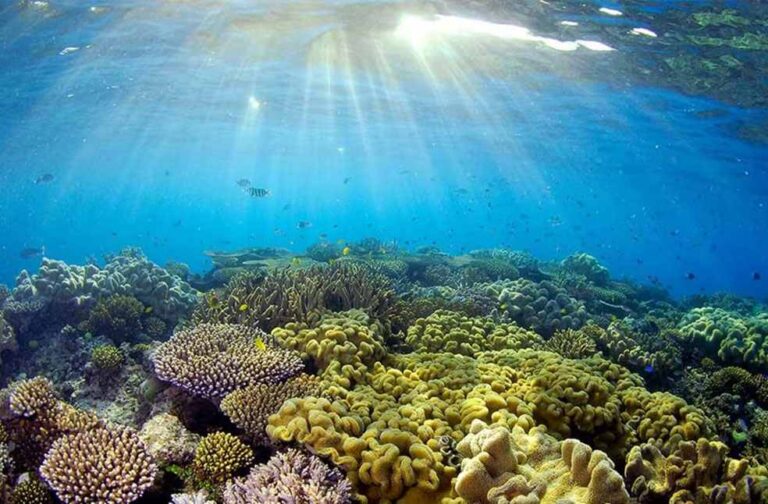Cairns, Australia: Recent data from the Australian Institute of Marine Science (AIMS) reveals alarming levels of coral mortality in parts of the Great Barrier Reef due to mass bleaching, two cyclones, and flooding.
In-water surveys conducted between Lizard Island and Cardwell from August to October found that up to 72 percent of coral was lost on 12 reefs.
The Cooktown-Lizard Island sector, in particular, saw more than a third of hard coral cover vanish, marking the largest annual decline in 39 years of government monitoring.
The coral damage is attributed to the Austral summer, Tropical Cyclones Jasper and Kirrily, and a freshwater inundation between December 2023 and March 2024. AIMS scientists are still gathering data on the southern region of the reef.
Stretching over 2,300 kilometres off Australia’s northeastern coast, the Great Barrier Reef is one of the most biodiverse ecosystems in the world, home to hundreds of coral species and thousands of marine animals.
However, repeated bleaching events, caused by rising water temperatures, are threatening its survival.
First surveys of AIMS' long-term monitoring season show coral cover has declined on 12 of 19 surveyed reefs between Lizard Is. and Cardwell in the #GreatBarrierReef following a turbulent summer of bleaching, cyclones.
Monitoring continues.
Learn more: https://t.co/cqUnKgYLGl pic.twitter.com/SYEUkXw0ay
— Australian Institute of Marine Science (@aims_gov_au) November 18, 2024
Coral expels algae, called zooxanthellae, to survive during high temperatures, but prolonged heat can cause the coral to die, turning it white. This year’s mass bleaching marks the fifth such event in just eight years.
The survey also noted that Acropora, a fast-growing coral species, suffered the highest mortality rates. This species is among the first to bleach but also one of the fastest to recover.
Richard Leck, head of oceans for WWF-Australia, expressed concern over the ongoing damage, stating that while the reef has the potential to bounce back, there are limits to its resilience.
He warned that the reef was fast approaching a “tipping point” and urged Australia to commit to stronger emission reduction targets of at least 90 percent below 2005 levels by 2035 to protect the reef.
Despite recent steps toward carbon neutrality, Australia remains one of the world’s largest exporters of fossil fuels.



